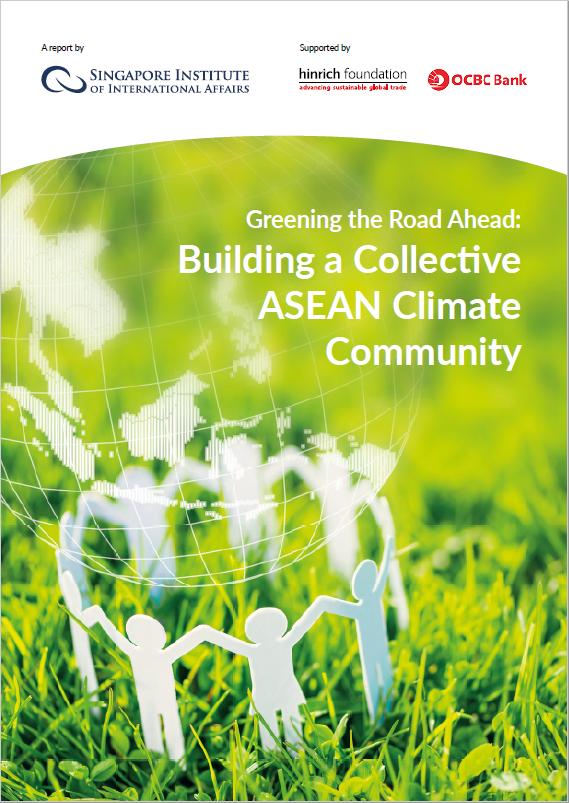Sustainable trade
Greening the road ahead: Building a collective ASEAN climate community
Published 30 November 2021
Prioritizing climate change on the agenda of ASEAN members can encourage more action at the regional level. Establishing a 'Climate Community' can be a key step that leverages the unique capabilities of each country in the region and promotes collaboration to drive collective efforts and ambition.
The global community is committing to taking action against climate change and expectations are rising for the Association of Southeast Asian Nations (ASEAN). Going forward, there is reason to expect that each member will do more on climate change for itself and for the global goals, and will encounter both risks and opportunities in undertaking those actions. What can be done at the regional level by the bloc as a whole?
This report, published by the Singapore Institute of International Affairs (SIIA) and co-sponsored by the Hinrich Foundation, attempts to answer that question. Much like ASEAN already has Political-Security, Economic, and Socio-Cultural Communities, member states can also work towards a “Climate Community” to advance action. While each country is at different levels of development and have different national priorities, all have unique capabilities and contribute to climate endeavours for the region.
Establishing a collaborative community would mitigate not only climate change but also the new challenges posed by the COVID-19 pandemic, such as supply chain resilience. It would build on existing climate adaptation and mitigation efforts by individual ASEAN members, to better align national priorities with the global climate agenda. As economic and trade dynamics shift with more initiatives on carbon pricing internationally, cooperation within ASEAN will help keep the region competitive and a vital part of global value chains.
© The Hinrich Foundation. See our website Terms and conditions for our copyright and reprint policy. All statements of fact and the views, conclusions and recommendations expressed in this publication are the sole responsibility of the author(s).




